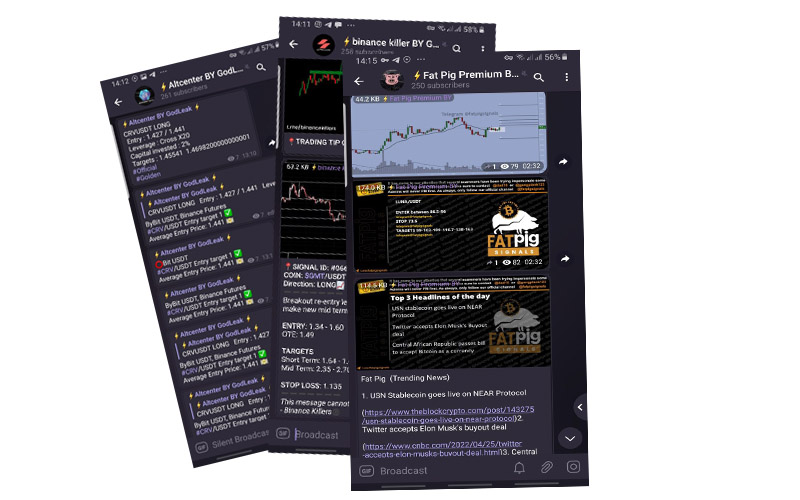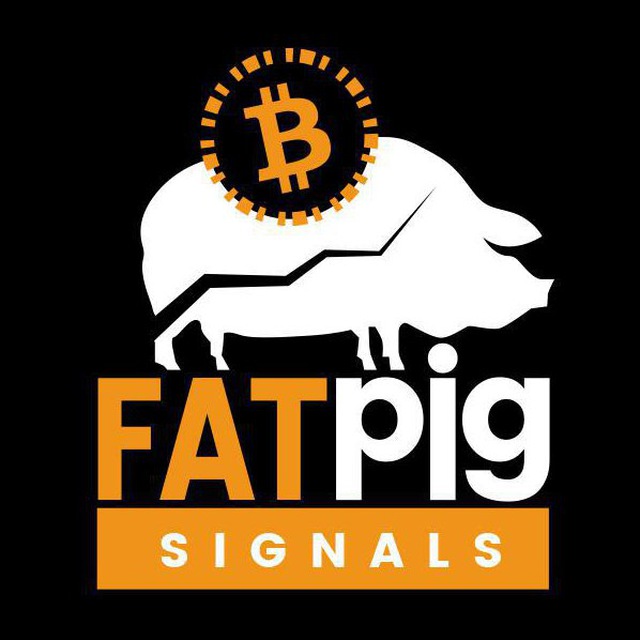Solana vs Ethereum: Outstanding Speed Differences

Knowing the inconsistencies between Solana versus Ethereum is principal for merchants looking for improved exchanging results and a more profound cognizance of the market. The two stages offer a flexible programming climate for dApp (decentralized application) engineers to make applications and tokens. However, upon closer assessment, unmistakable elements arise, separating the two undertakings. We should look further into this point with Godleak.
Overview of
What is Solana?
Solana, the historic monoblock blockchain stage, has quickly ascended to unmistakable quality since its commencement in 2017, procuring its standing as the world’s most memorable web-scale blockchain. Created by Solana Labs, the stage flaunts excellent speed and execution, drawing in an expanding client base worldwide.
Solana’s exceptional clock, PoH, smoothes out exchange requesting by scrambling them with ordered data. Because of this, nodes no longer need to carefully check the order of transactions, which speeds up verification and saves a lot of money in computational costs.
Solana’s development potential
Solana’s local cryptographic money, SOL, has seen a huge flood in esteem, driven by its progressive way to deal with versatility through a mixture agreement calculation. The coordination of the PoH agreement calculation with the fundamental confirmation of-stake (PoS) agreement calculation has impelled the Solana organization’s exchange handling capacities to a noteworthy 50,000 exchanges each second.
According to data from CoinMarketCap, this breakthrough in scalability has distinguished the Solana blockchain within the cryptocurrency landscape and has also contributed to SOL’s rising market capitalization, placing it among the top coins. Experts, like Bank of America’s Alkesh Shah, perceive the huge potential inborn in Solana’s blockchain.
Over view of Ethereum
What is Ethereum?
Ethereum, a noteworthy blockchain conveyed processing stage, is reshaping the scene of computerized exchanges and agreements through the execution of brilliant agreement usefulness. Sent off toward the finish of 2013 by visionary Vitalik Buterin, Ethereum remains as an open-source stage based on blockchain innovation, considering the execution of savvy contracts with programmed implementation when predefined conditions are met, wiping out outside impedance.
Over view of Ethereum
What is Ethereum?
Ethereum, a noteworthy blockchain conveyed processing stage, is reshaping the scene of computerized exchanges and agreements through the execution of brilliant agreement usefulness. Sent off toward the finish of 2013 by visionary Vitalik Buterin, Ethereum remains as an open-source stage based on blockchain innovation, taking into consideration the execution of shrewd agreements with programmed implementation when predefined conditions are met, disposing of outside obstruction.
Get to know Godleak
Godleak crypto signal is a service which provide profitable crypto and forex signals. Godleak tried to provide you signals of best crypto channels in the world.
It means that you don’t need to buy individual crypto signal vip channels that have expensive prices. We bought all for you and provide you the signals with bot on telegram without even a second of delay.

Godleak crypto leak service have multiple advantages in comparision with other services:
- Providing signal of +160 best crypto vip channels in the world
- Using high tech bot to forward signals
- Without even a second of delay
- Joining in +160 separated channels on telegram
- 1 month, 3 months , 6 months and yearly plans
- Also we have trial to test our services before you pay for anything
For joining Godleak and get more information about us only need to follow godleak bot on telegram and can have access to our free vip channels. click on link bellow and press start button to see all features
Join for Free
☟☟☟☟☟
https://t.me/Godleakbot
Also you can check the list of available vip signal channels in the bot. by pressing Channels button.
Highlights of Ethereum
Ethereum’s development potential
The advancement of the Ethereum environment is moved by the cooperative endeavors of critical associations that contribute fundamentally to its turn of events and reception. In this section, we discuss three significant parties that are at the forefront of directing Ethereum’s development:
Laid out as a non-benefit association in 2014 and settled in Switzerland, the Ethereum Establishment is a main impetus in molding the highlights of the Ethereum Blockchain.
Given to the continuous turn of events and improvement of the Ethereum environment, the establishment assumes a significant part in tending to difficulties and encouraging development inside the blockchain space. With a guarantee to straightforwardness and local area driven drives, the Ethereum Establishment remains as a point of support supporting the development of Ethereum.
As of now, Ethereum is directed by a ternion of substances — the Ethereum Establishment, a dynamic local area of designers, and a serious gathering of partners. The aggregate point is to defeated the blockchain trilemma, a difficult obstacle frequently alluded to as blockchain’s unthinkable trinity. This entails addressing issues related to scalability, security, and decentralization and paving the way for the widespread adoption of Ethereum.
Solana vs Ethereum: Key differents
Solana vs Ethereum: Ecosystem
Solana is favored for high-performance blockchain applications due to its scalable infrastructure and rapid transaction processing capabilities. Projects like Serum and Mango Markets have a lot of traction in its expanding ecosystem. These drives feature the adaptability and expected intrinsic in Solana’s design.
Key organizations have been instrumental in driving Solana’s development. Joint efforts with industry pioneers, including Chainlink, a decentralized prophet organization, and Serum, the decentralized subsidiaries trade, embody the obligation to cultivating development. These organizations not just improve the security and unwavering quality of Solana-based applications yet additionally add to an advanced client experience.
Solana vs Ethereum: Development
Solana burst onto the scene in the midst of the 2017 crypto blast, established by the visionary Anatoly Yakovenko. Moored by a group of tech stalwarts, including CTO Greg Fitzgerald, with experience at Qualcomm and Dropbox, Solana set out determined to rethink blockchain capacities.
The period from 2018 to 2019 saw Solana’s key crowdfunding and confidential subsidizing tries, collecting a faltering $20 million. The expansion of the Solana ecosystem was sparked by this financial boost. Walk 2020 denoted an achievement as the Solana mainnet formally went live, flagging its status to change the crypto scene.
While Solana versus Ethereum left on their excursions at various times, the two stages shared a shared objective: to change blockchain innovation. The launch of Solana’s mainnet in 2020 and its strategic funding rounds demonstrated the company’s commitment to innovation.
Then again, Ethereum’s notable ICO and the presentation of the ERC-20 symbolic standard cemented its situation as a pioneer in the business, igniting a flood of ICOs in 2017.
Solana vs Ethereum: Purpose
Solana stands tall with a center mission: to engage engineers in building modern dApps. The organization’s engineers set versatility at the front of their undertaking, upgrading each angle to improve responsiveness and throughput.
The accentuation on versatility separates Solana, offering a stage where the restrictions of conventional blockchain networks are outperformed. By giving a proficient and practical biological system, Solana prepares for another period of decentralized applications equipped for dealing with greater and complex activities.
Solana vs Ethereum: Consensus
At its center, Solana uses a Proof-of-Stake (PoS) framework, permitting clients to approve the condition of the blockchain and procure compensations as validators. What makes this cycle remarkable is the mix of arbitrary choice among the top symbolic holders in the organization. Participation is encouraged while an additional layer of decentralization is added by this strategy.
Solana’s novel Proof of History (POH) mechanism works in conjunction with the PoS system. By utilizing a timestamp framework, POH improves execution by working as a clock for blockchain occasions.
Solana vs Ethereum: Speed and Scalability
Solana vs Ethereum: Native coin
Solana vs Ethereum: Experience
Solana, perceived for its speed and unwavering quality, has separated itself by achieving the great errand of making a blockchain fit for dealing with an essentially higher volume of exchanges contrasted with Ethereum.
The improvement group behind Solana has effectively bridled development, conveying a stage that stands apart for its proficiency and versatility. Solana has established itself as a strong option for those looking for a fast and dependable blockchain solution thanks to its capacity to power thousands of additional transactions.
Solana vs Ethereum: Price Prediction in 2024
Solana price
Analysts are unanimously optimistic about Solana’s potential for growth in the coming months, despite recent difficulties. The ongoing projections show a consistent move, with the cryptographic money expected to reach $218.6 by December 2024, denoting a critical increase from its ongoing position.
Solana devotees and financial backers have been enthusiastically checking the market, expecting indications of a bounce back. The projected recovery is attributed to a number of different things, such as ongoing developments in the Solana ecosystem, increased adoption, and broader market trends.
Ethereum price
The in-depth technical analysis suggests that the price of Ethereum will likely range widely in 2024. The minimum expected price of Ethereum is anticipated to be $2,098, which serves as a foundation for potential market shifts. On the upper finish of the scale, the investigation proposes a greatest value level of $4,810.88, connoting the hopeful standpoint that some market members hold for the digital money.
In the midst of this reach, the typical exchanging cost for Ethereum 2024 is anticipated to float around $2,523.73. This midpoint fills in as a benchmark, giving financial backers a reference point for evaluating the potential market worth of Ethereum consistently.
Choosing between Solana vs Ethereum
The choice between Solana versus Ethereum relies on individual use cases, inclinations, and explicit prerequisites. Every stage brags its own set benefits and impediments, taking care of different necessities inside the decentralized biological system.
Solana arises as a leader in key regions, for example, exchange speed, versatility, and cost proficiency. Its uncommon presentation settles on it an ideal decision for applications requesting high throughput and continuous cooperations.
On the other side, Ethereum holds its ground with a deep rooted biological system, a strong designer local area, and expected upgrades with Ethereum 2.0. The ecosystem’s abundance of decentralized applications and widespread adoption of the network are its strengths. Ethereum 2.0, set to address adaptability concerns and decrease charges, adds one more layer of interest for those put resources into the Ethereum biological system.
Conclusion
In synopsis, the Solana versus Ethereum banter is nuanced, with every stage offering remarkable qualities. As the blockchain scene advances, people and designers should cautiously gauge their needs to decide the stage that adjusts best to their objectives and prerequisites.








